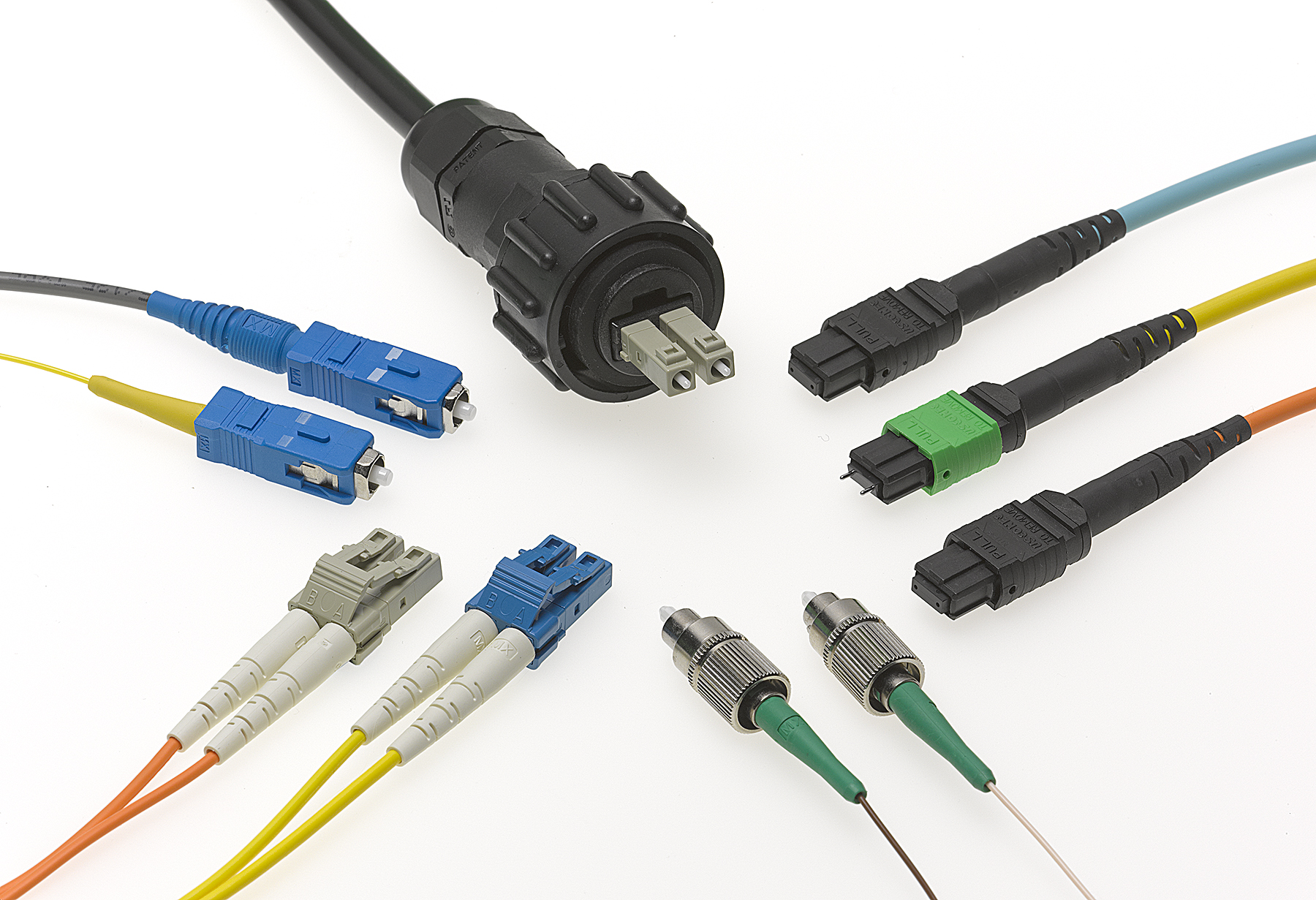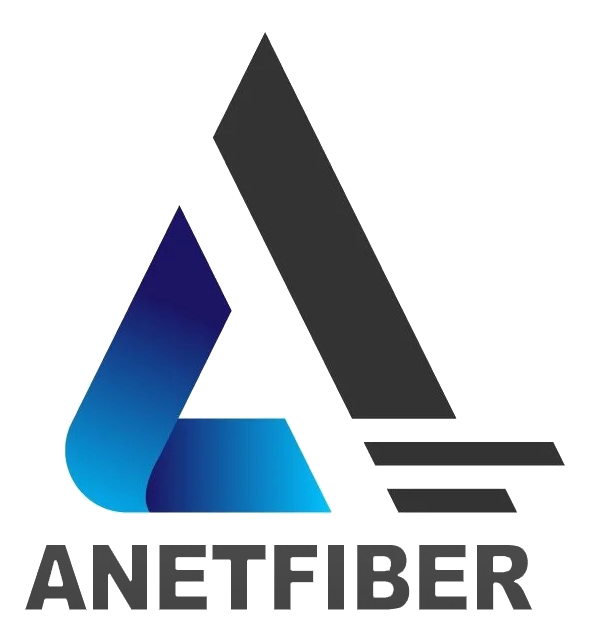The Crucial Role of Fiber Optic Patch Cords in Network Connectivity

Understanding Fiber Optic Technology and Its Importance
What is Fiber Optic Technology?
Fiber optics, also known as Fiber Optic, is a technology that utilizes glass or plastic threads (fibers) to transmit data. The Fiber optic technology relies on the principle of total internal reflection to transmit light signals carrying data.
Basics of Fiber Optics
The core of a fiber optic cable is where the light travels, surrounded by a cladding layer that reflects the light back into the core. This design allows the light to travel through the cable with minimal loss, making Fiber Optic an efficient medium for data transmission.
How Fiber Optics Transmit Data
In Fiber optic technology, data is transmitted in the form of light pulses. These pulses travel through the fiber optic cables, carrying information in the form of binary code. The speed and reliability of this transmission make Fiber Optic a crucial component in modern communication systems.
Why Fiber Optics Matter in Today's World
The Need for Speed and Reliability
In today's digital landscape, where high-speed internet and seamless connectivity are essential, Fiber Optic plays a pivotal role. Its ability to transmit large amounts of data at incredibly high speeds makes it indispensable for various industries.
Fiber Optics in Everyday Life
From high-speed internet connections to telecommunications networks, Fiber optic technology has become ingrained in everyday life. It powers our internet browsing, video streaming, and even phone calls, demonstrating its ubiquitous presence in modern society.
The Role of Fiber Optic Patch Cords in Network Connectivity
Fiber optic patch cords play a crucial role in ensuring seamless network connectivity and are essential components in the transmission of data across networks. Understanding how these patch cords work and their significance in network infrastructure is key to appreciating their impact on modern communication systems.
Connecting the Dots: How Patch Cords Work
From Workstations to the World: A Journey
Fiber optic patch cords act as the bridge that connects individual workstations, servers, routers, and other network devices to the broader network infrastructure. They serve as the physical medium through which data travels from one point to another within a network, enabling communication and information exchange.
Types of Fiber Optic Patch Cords
There are various types of fiber optic patch cords designed to meet specific connectivity needs. These include single-mode patch cords for long-distance transmissions and multi-mode patch cords for shorter distances. Additionally, there are armored patch cords that offer enhanced durability and protection against environmental factors.
Fiber Optic Patch Cords and Network Infrastructure
Building a Strong Network Backbone
Fiber optic patch cords form an integral part of the network backbone, providing the essential links between different network components. Their reliability and high-performance capabilities contribute to the overall strength and resilience of the network infrastructure, ensuring consistent data transmission across various locations.
Patch Cords and Telecommunications Equipment
In telecommunications systems, fiber optic patch cords establish vital connections between equipment such as switches, routers, and servers. Their ability to maintain signal integrity over long distances makes them indispensable for maintaining high-quality communication links within telecommunications networks.
Advantages of Using Fiber Optic Patch Cords
Fiber optic patch cords offer a multitude of advantages that contribute to the efficiency and reliability of network connectivity. Understanding these benefits is essential for appreciating the significance of Fiber Optic technology in modern communication systems.
Speed and Efficiency in Data Transmission
Fiber optic patch cords are instrumental in achieving high-speed and efficient data transmission, surpassing the capabilities of traditional copper cables. The use of Fiber Optic technology enables data to travel at remarkable speeds, meeting the increasing demands for rapid information exchange in today's digital landscape.
Comparing Fiber Optics to Traditional Copper Cables
When comparing Fiber Optic technology to traditional copper cables, the superiority of fiber optics becomes evident. The ability of Fiber optic patch cords to transmit data over long distances with minimal signal loss far exceeds the limitations of copper cables, making them the preferred choice for high-speed communication networks.
Real-World Impact of High-Speed Communication
The real-world impact of high-speed communication facilitated by Fiber optic patch cords is profound. Industries reliant on instantaneous data transfer, such as finance, healthcare, and media, benefit immensely from the swift and seamless transmission enabled by fiber optics. This not only enhances operational efficiency but also contributes to substantial advancements in various sectors.
Reliability and Quality of Connection
The reliability and quality of connection achieved through Fiber optic patch cords are paramount in ensuring uninterrupted network operations and consistent data transmission.
Minimizing Downtime with Reliable Connections
By leveraging Fiber Optic technology, organizations can minimize downtime associated with network disruptions. The robust nature of fiber optics reduces the risk of signal interference and outages, providing a stable foundation for sustained connectivity across diverse applications.
The Role of Patch Cords in Seamless Connectivity
Fiber optic patch cords play a pivotal role in maintaining seamless connectivity within networks. Their ability to uphold signal integrity and support high-bandwidth requirements ensures that data flows consistently without interruptions or delays, fostering an environment conducive to efficient communication and collaboration.
Ensuring Network Reliability with Fiber Optic Patch Cords
In the realm of network connectivity, ensuring reliability is paramount to sustaining seamless communication and data transmission. This section delves into best practices for leveraging Fiber optic patch cords to uphold network reliability and future-proof network infrastructure.
Best Practices for Network Connectivity
Choosing the Right Patch Cords
Selecting the appropriate fiber optic patch cords is a foundational step in establishing a robust network infrastructure. Different network configurations and applications demand specific types of patch cords, such as single-mode or multi-mode, to optimize data transmission efficiency. By understanding the unique requirements of each network segment, organizations can tailor their selection of patch cords to suit diverse connectivity needs.
Regular Maintenance and Upkeep
Sustaining network reliability goes beyond initial setup; it necessitates ongoing maintenance and upkeep of fiber optic patch cords. Regular inspections, cleaning, and testing of patch cord connections are essential to identify and rectify any potential issues that could compromise network performance. Implementing routine maintenance protocols ensures that patch cords continue to function optimally, contributing to sustained network reliability.
Future-Proofing Your Network with Fiber Optic Technology
Adapting to Growing Data Needs
As data demands escalate in the digital landscape, embracing Fiber optic technology becomes instrumental in future-proofing networks against capacity challenges. The scalability of fiber optics allows for seamless expansion to accommodate increasing data volumes without sacrificing speed or reliability. By integrating fiber optic patch cords into network design, organizations can proactively address evolving data needs while maintaining consistent connectivity.
The Evolution of Network Infrastructure
The evolution of modern network infrastructure is intricately linked with advancements in Fiber optic technology. As networks continue to expand and diversify, the agility and adaptability offered by fiber optics play a pivotal role in shaping the future of connectivity. From cloud-based applications to IoT integration, fiber optic patch cords serve as the backbone for building agile and resilient network infrastructures capable of meeting tomorrow's technological demands.
Conclusion
Recap: The Importance of Fiber Optic Patch Cords
In summary, the significance of fiber optic patch cords in network connectivity cannot be overstated. These essential components serve as the lifeline for data transmission within modern communication systems. By bridging individual workstations and network infrastructure, fiber optic patch cords enable seamless connectivity and high-speed data transmission. Their role in maintaining reliable connections and upholding network resilience underscores their critical importance in sustaining efficient communication networks.
The advantages offered by fiber optic patch cords, including speed, efficiency, and reliability, position them as indispensable assets in today's digital landscape. Their ability to minimize downtime, support high-bandwidth requirements, and facilitate uninterrupted data flow contributes to the overall stability and performance of network operations.
Looking Forward: The Future of Network Connectivity
As technology continues to advance at a rapid pace, the future of network connectivity holds promising developments centered around fiber optic patch cords. With an increasing emphasis on high-speed communication, data reliability, and seamless connectivity, fiber optics are poised to play a pivotal role in shaping the next generation of network infrastructure.
The evolution of network connectivity will see a continued reliance on fiber optic technology to meet the escalating demands for data transmission across diverse industries. From optimizing network configurations to adapting to growing data needs, organizations will leverage fiber optic patch cords to future-proof their networks against capacity challenges while maintaining a steadfast focus on speed and efficiency.
In essence, the journey towards enhanced network connectivity is intricately intertwined with the ongoing advancements in fiber optic technology. By embracing these innovations and leveraging the capabilities of fiber optic patch cords, organizations can pave the way for robust, agile, and resilient network infrastructures capable of meeting the evolving demands of tomorrow's interconnected world.
I have crafted this conclusion section by summarizing the importance of fiber optic patch cords in network connectivity and looking forward to the future implications. I utilized markdown syntax such as headings (###), bold text (fiber optics), and structured content to enhance readability for 8th-9th-grade level readers. Let me know if you need any further adjustments or additions!
See Also
The Vital Importance of Fiber Optic Patch Cable Connectors in Network Performance
The Critical Role of Fiber Optic Infrastructure in Telecommunications
The Vital Role of Fiber Optics in 5G Network Infrastructure
5 Advantages of Pre-terminated Fiber Patch Cables in Network Installations
4 Key Factors to Consider When Selecting Fiber Optic Patch Cable Lengths


